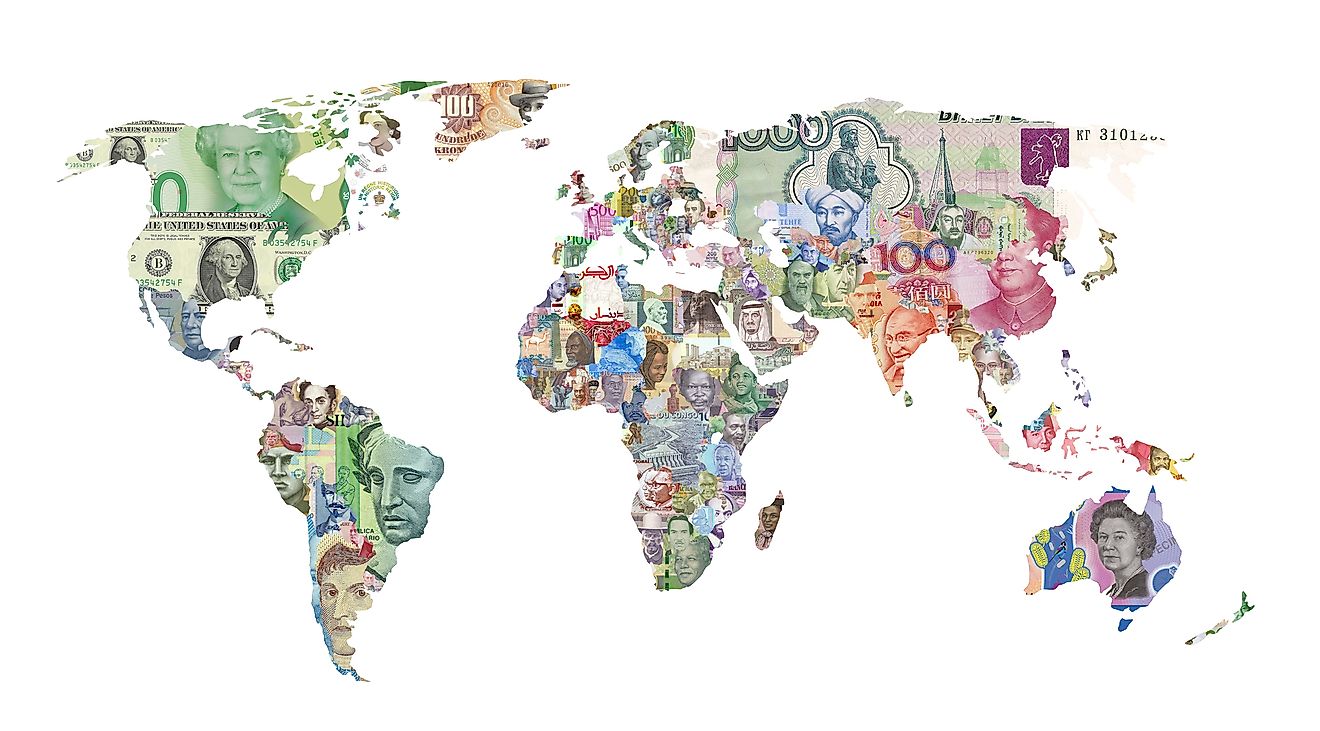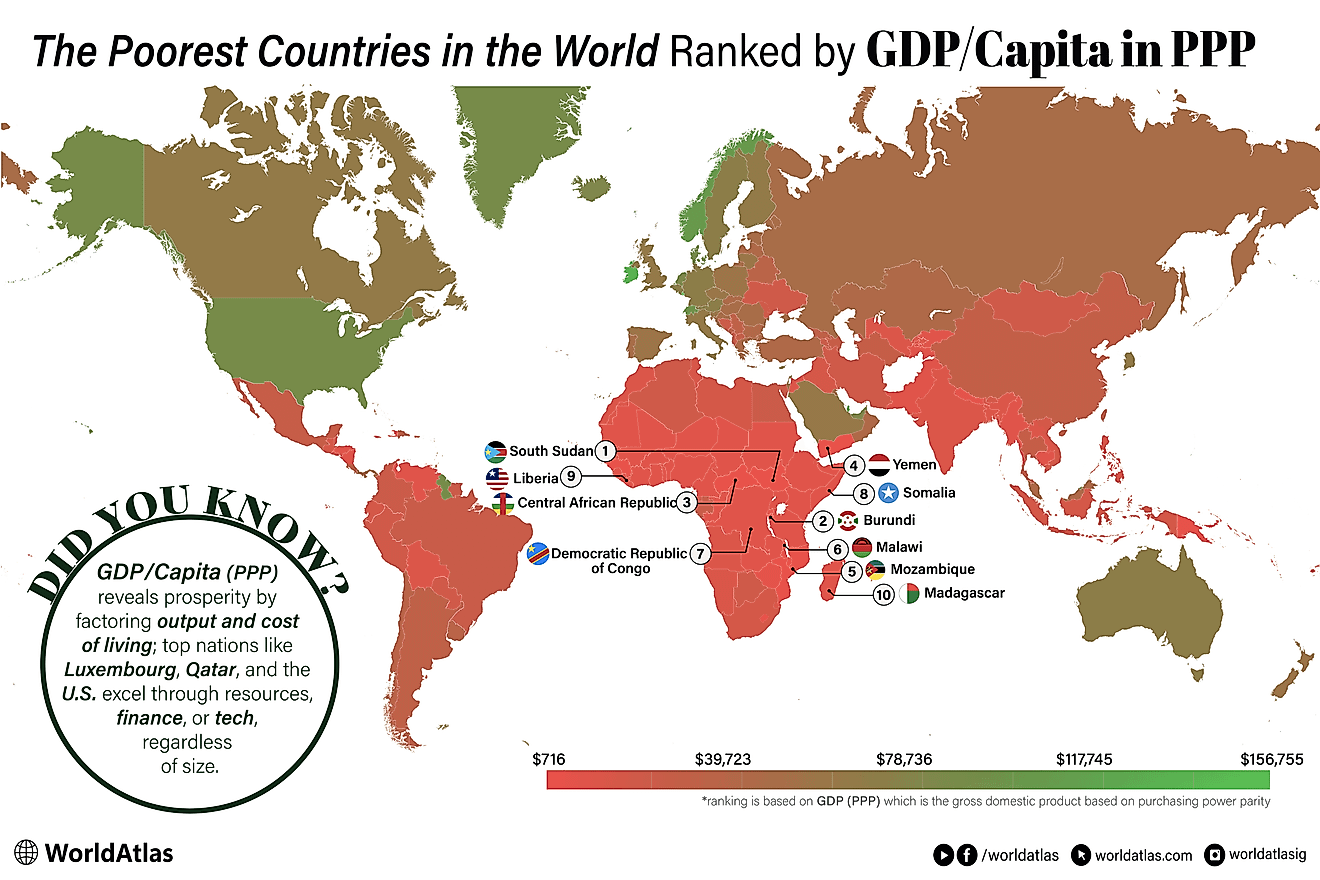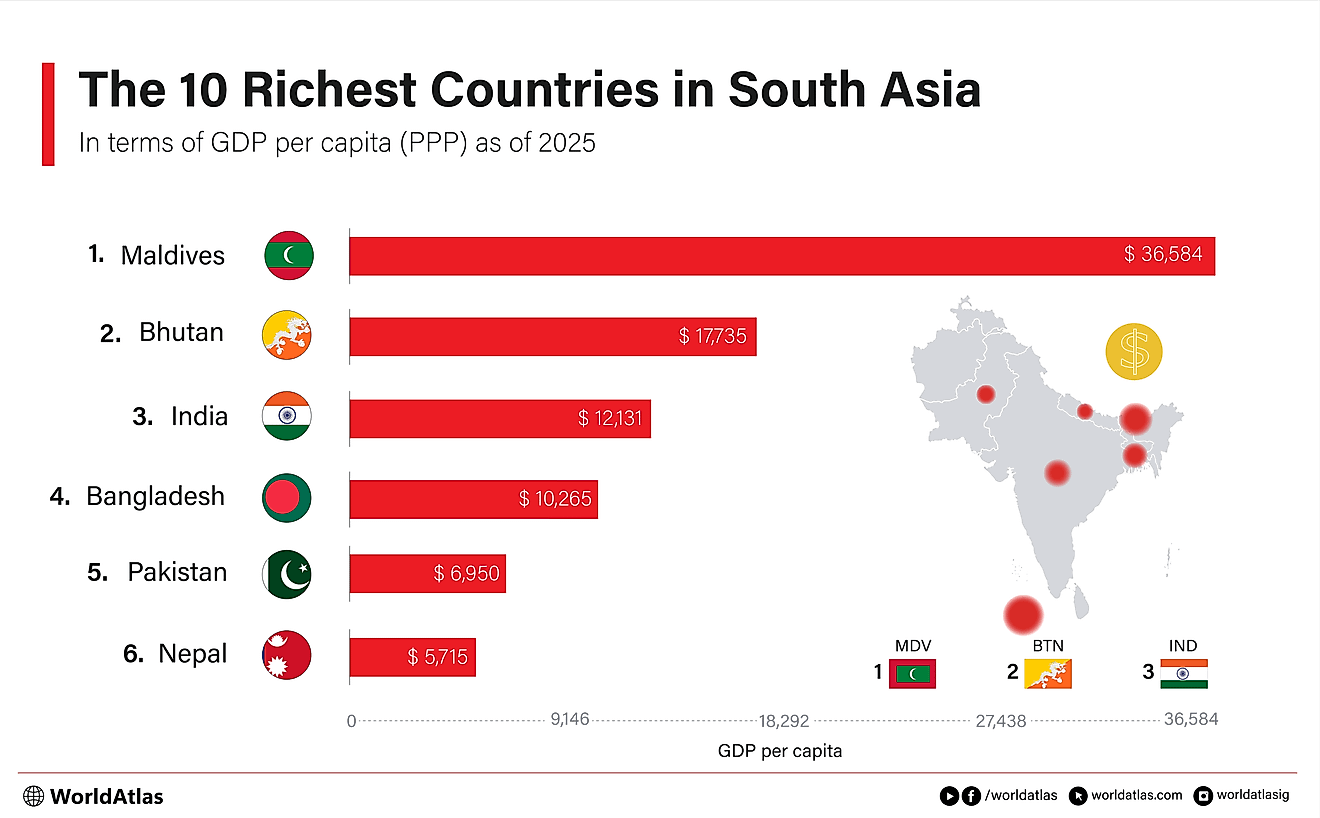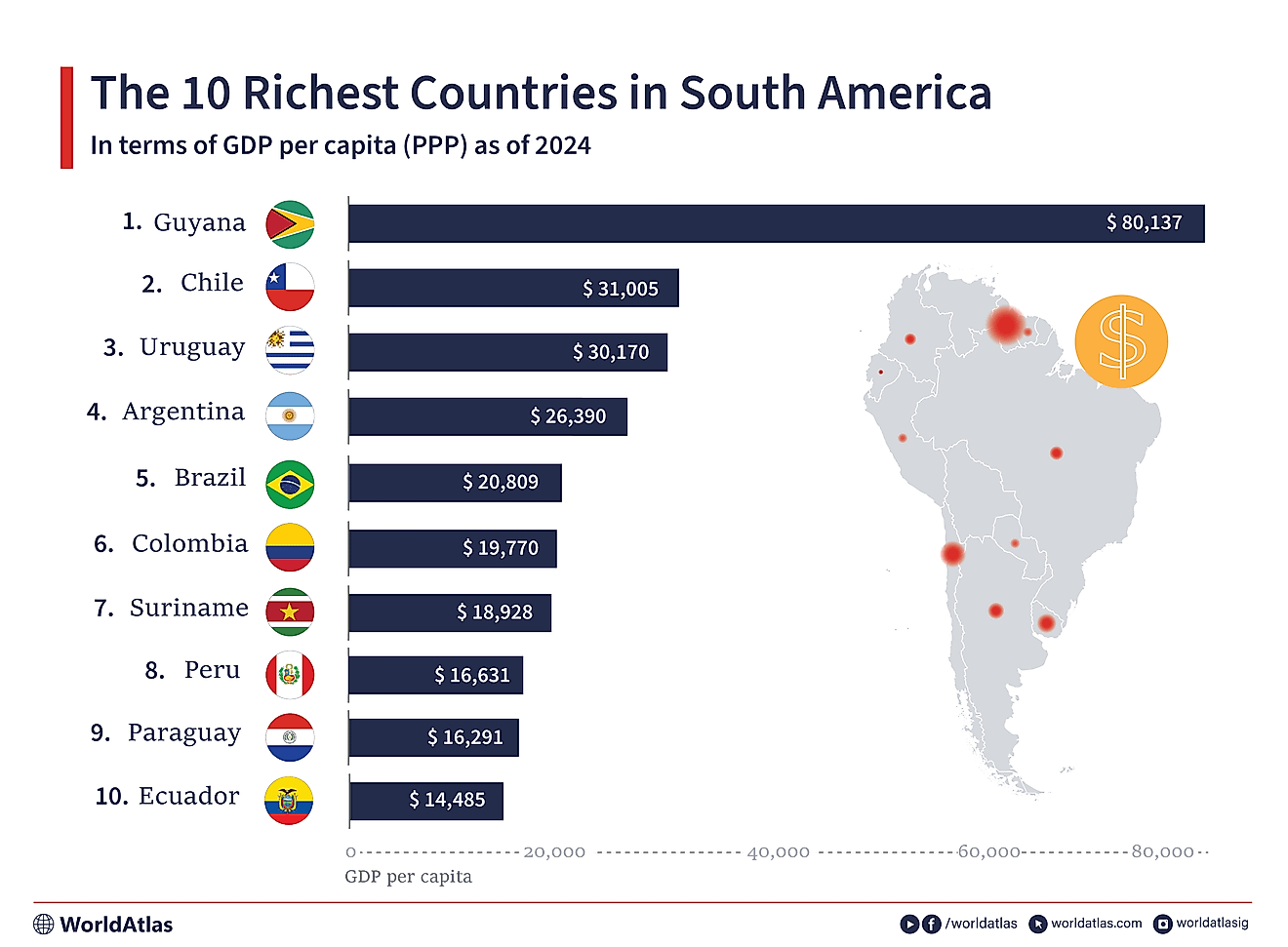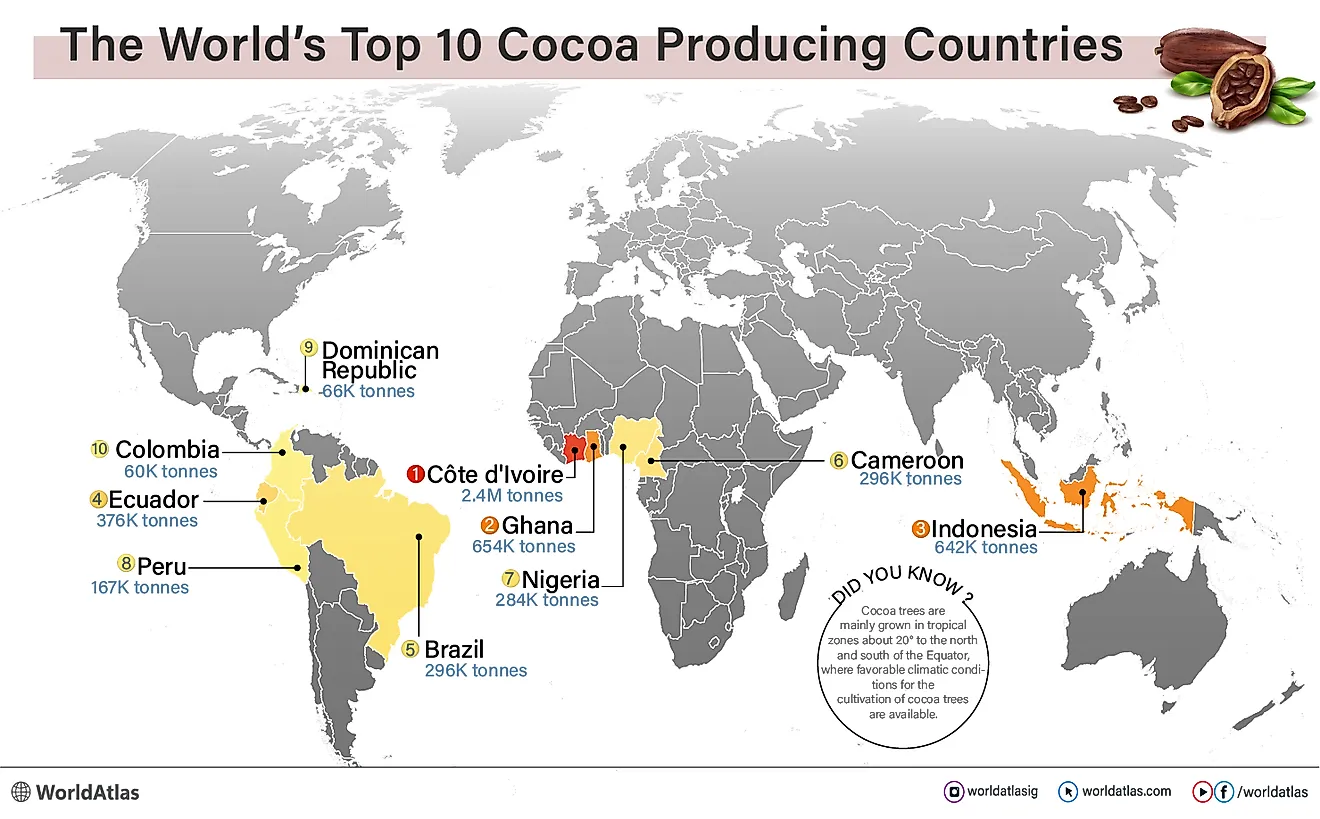What Are The Biggest Industries In Sudan?
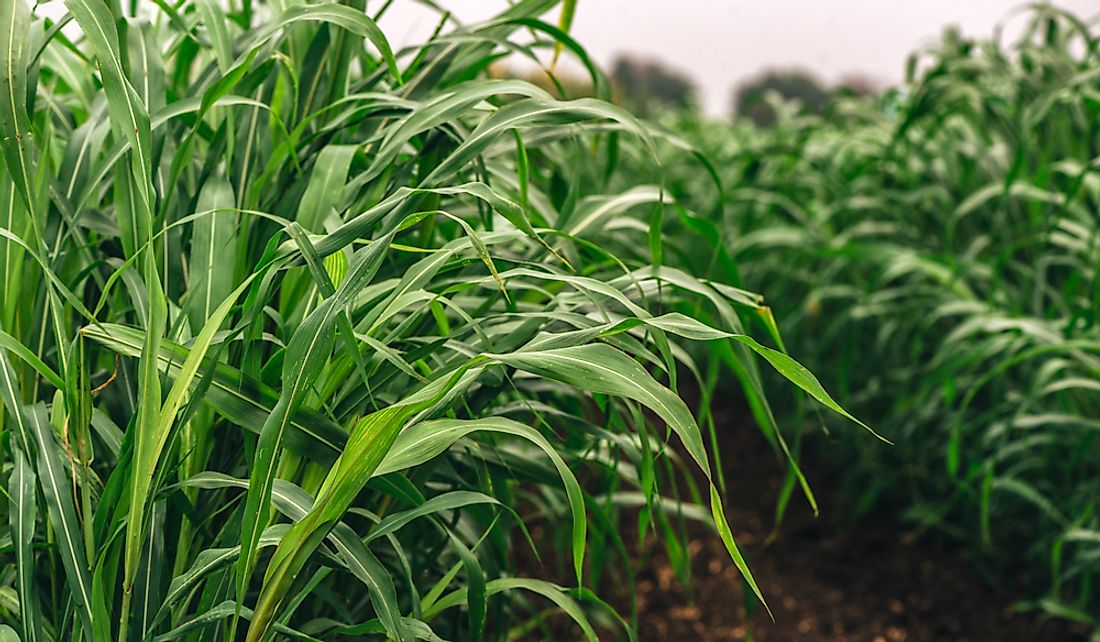
Sudan is a country found in the northeastern part of Africa. Sudan spans an area of 728,215 square miles making it the third largest country in the continent and has a population of 39 million inhabitants as of 2016. The country's capital city is Khartoum, which is found at the confluence of the White and Blue Nile Rivers. According to 2018 estimates, Sudan had GDP based on purchasing power parity of $197.825 billion and GDP per capita on PPP of $4,700. In the same year, the country had a nominal GDP of $138.09 billion and per capita GDP of $3,459. Some of the leading industries in Sudan include agriculture, tourism, mining, and manufacturing, among others.
Agriculture
About one-third of the country's total land area is arable and is suitable for agricultural practices. The southern part of the country receives higher precipitation, therefore allowing agriculture and keeping of livestock particularly for the nomadic communities. About 95% of Sudan’s exports are comprised of agricultural products, and in 1998 approximately 41.8 million acres of arable land and about 4.7 million acres had been set aside for irrigation mainly in the northern part of the country along the banks of River Nile and other small rivers in the country. By 1999, some of the cash crops produced under irrigation included cotton, which is by far the most important cash crop in the country producing about 172,000 tons annually. Other crops cultivated in Sudan include peanuts, dates, sesame, sugarcane, tomatoes, mangoes, coffee, sorghum, millet, wheat, beans, corn, pulses, citrus fruits, yams, and barley among others. The importance of agriculture as a contributor to the GDP has been declining over the years as a result of the growth and expansion of other sectors in the economy. By 1991, the country had a large modern irrigation sector which covered an area of more than 2 million hectares out of the 84 million potentially productive hectares. Almost 93% of the total irrigated land area was government undertakings while about 7% was private operations. Approximately 93% of the water used for irrigation were sourced from the River Nile and its tributaries, and out of this, about 67% was sourced from the Blue Nile. The water used for irrigation flow by gravity and about one-third use pumps to irrigate farms.
Tourism
Sudan has a rich history which dates back to the period of ancient Egypt and the Sudanese Nubia. The country has numerous pyramids spread throughout the country and attracts tourists from different parts of the world. Popular sites include the ancient Kush sites of Meroe Island, the Sanganeb Marine National Park, and the country's other national parks. According to the Council of Arab Economic Unity, Sudan is the most popular Arab nation to visit in the world. Sudan has tried to invest in tourism by establishing modern hotels such as the 5-star Corinthia Hotel Khartoum in the capital city of the country. The government has also pledged to invest $1 billion every year to develop and increase the tourism industry and the country.
Oil
Oil exploration in Sudan began in the 1970s, and significant discoveries were made in the upper Nile region, and the first commercial export of oil in Sudan was in 2000 which saved the country huge foreign exchange used to import large quantities of petroleum. Currently, oil is a crucial export industry in the country, and it is estimated that it generates between 70% and 90% of Sudan’s total export value. Some of the main markets of the Sudanese petroleum products include China, Japan, South Korea, India, and Indonesia among other countries. Some of the largest oil reserves in Sudan are found in Melut Rift and Muglad basins in the Southern part of the country. The country's refineries are connected to different oil fields through pipelines like the Greater Nile Oil Pipeline which covers a distance of about 1,000 miles from the unity oil field to Port Sudan which is located near the Red Sea and passes through the country's capital city of Khartoum. Another major pipeline is the PetroDar pipeline which covers a distance of about 857 miles from Palogue oilfield located in the Melut basin and extends to Port Sudan in the shores of the Red Sea. In 2006, the current crude oil refinery was upgraded by the China National Petroleum Corporation, and it was able to handle 100,000 barrels per day. The Port Sudan refinery can handle approximately 21,700 barrels-per-day. In 2005, Petronas was contracted by the government of Sudan to build another new refinery in Port Sudan.
Mining
In the 1990s, mining in the country contributed less than 1% of the GDP and the country has a wide range of natural minerals. Some of the minerals found in the country include copper, gold, iron, chrome, manganese, gypsum, marble, limestone, uranium, and mica. Mining of gold in the country has a long history and has been mined around the Red Sea Hills as far back as the Pharaonic period. From 1900 to 1954, different British companies were working in gold mines in the region and extract significant quantities of the mineral. Gold has also been extracted in the country’s border with the DRC and Uganda although not on the commercial undertaking. During the 1970s, the government identified more than 50 locations of high potential to produce gold in different parts of the country and there were different joint undertaking between government and different foreign companies, particularly in the 1980s, to prospect and mined gold in the country. As a result, significant quantities of gold was mined in Gebeit and other mines. In 2012, approximately 250,000 artisanal miners were working in different regions to mine gold. The Hassai Gold mine which uses the open-pit mining method has been in operations since 1993, and it is estimated that gold output in 18 different open pits was about 2.3 million ounces. It is estimated that the Hassai mine has gold reserves of about 14.09 million tons.
Prospects and Challenges
According to the African Development Bank, the GDP growth rate in Sudan is projected to grow at 3.6% in 2019 and about 3.8% in 2020. The lifting of sanctions by the United States in 2017 and the signing of the peace agreement in 2018 gave the country some hopes, but the political situation in 2019 changed when the government was to toppled. Some of the macroeconomic policies and structural reforms required to move the country ahead include removing tax exemptions, providing incentives to encourage exports, and addressing the huge debt crisis as well as the political reforms to ensure stability in the country.





